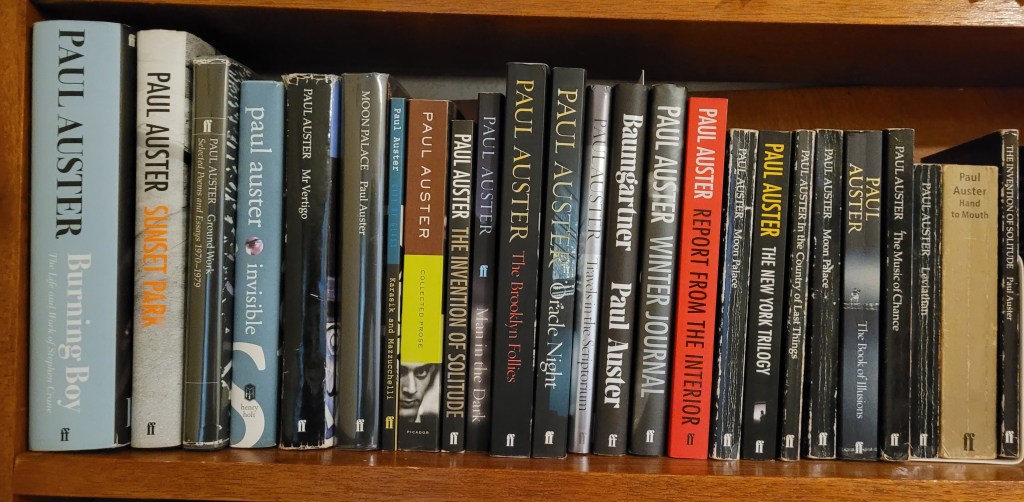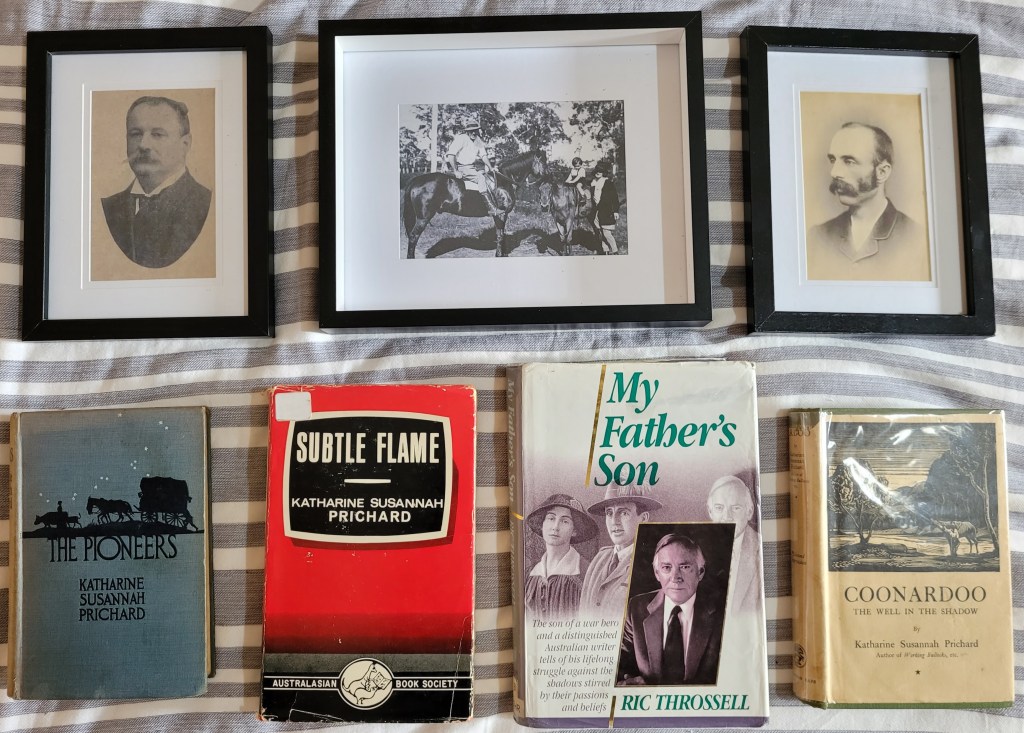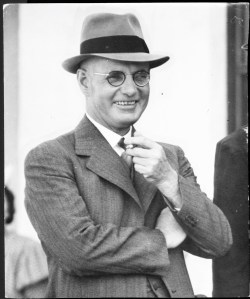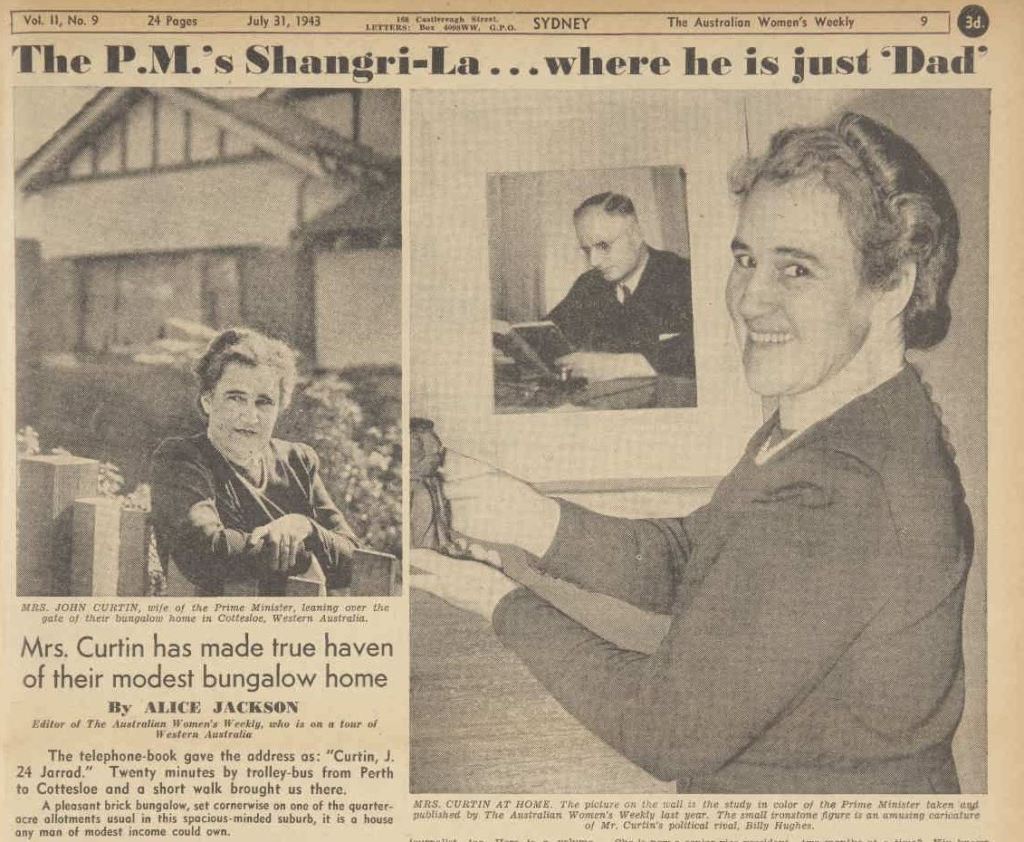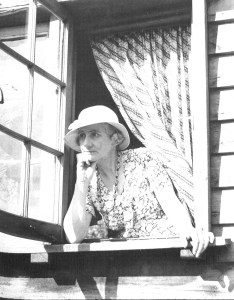8 March was a busy day in political offices – I received emails from the Greens, ALP and my federal indepent member, Kate Chaney about the 2025 election. I wrote back to all of them with my concerns about Covid and have heard back from none of them yet, five weeks later. Here’s one of the emails I sent:
Dear Kate,
I am so pleased you are running again! Thank you for the great work you have done, you have been a hard working and effective voice in parliament for Curtin. I have made a donation.
I’m asking that you please stand up for action on covid. Both federal and state governments are completely ignoring covid and they need to be held to account. The public don’t understand that covid is airborne, long covid is debilitating, and covid causes heart attacks and strokes. I’m yet to recover fully from my last bout of covid and there are many in much worse situations than me. The health of the whole population is suffering and vulnerable people don’t feel safe to leave their houses. We need:
- Clean air in public buildings.
- N95 masks in health care and an end to hospital acquired infections.
- Long covid funding – Mark Butler has failed to implement the recommendations of the long covid inquiry. (Dr Monique Ryan has been a strong voice on this.)
- A proper public health campaign so that people understand the risks of covid and the simple mitigations they can take, including wearing n95s inside.
The long term effects of repeat infections are playing out now in Britain, with an increase in disability and decrease in work participation. We can’t just keep ignoring covid, it is not going away.
Best wishes, Nathan Hobby


